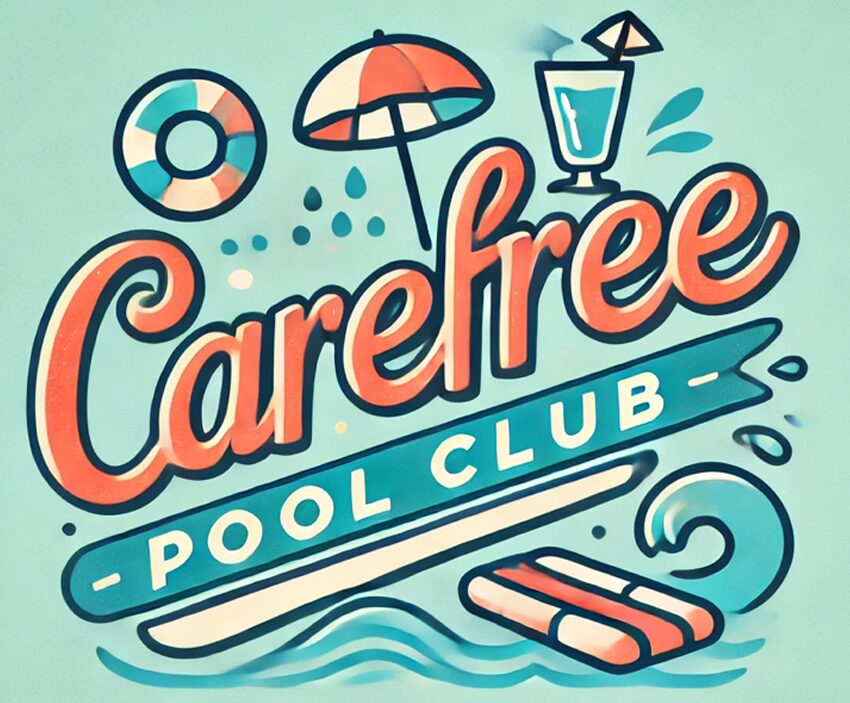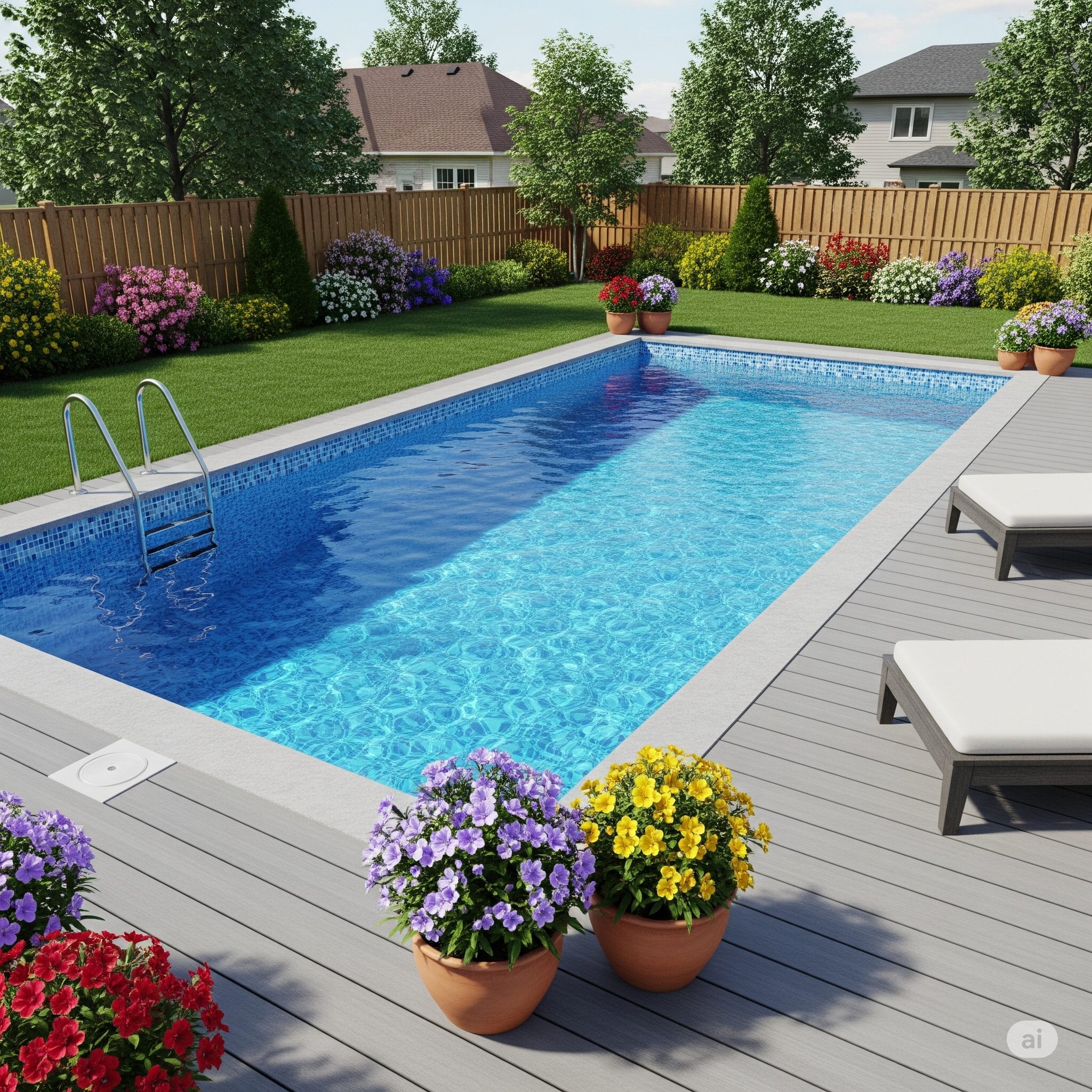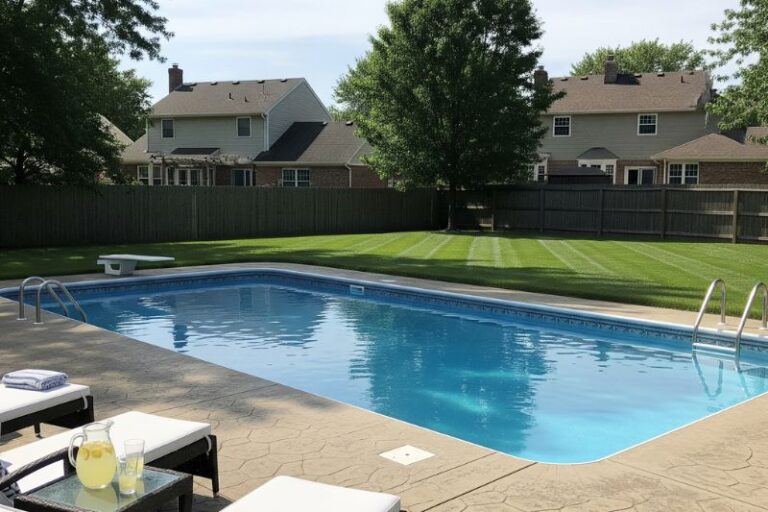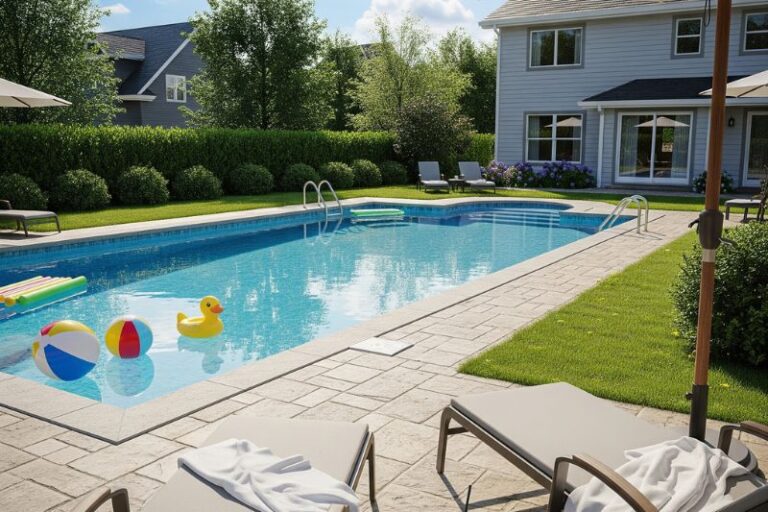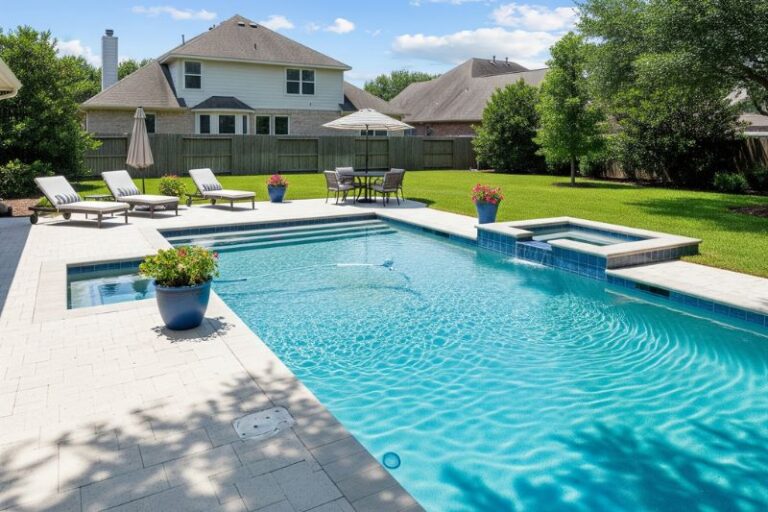Oh, you thought you were nailing pool maintenance? Testing your water, checking chlorine levels, running the pump “enough”, you were doing everything right, right? Hate to break it to you, but your salt cell is probably crying on the inside. And by crying, I mean corroding, crusting over, or giving up entirely because of a few things you’ve been overlooking. Let’s get brutally honest about why your salt cell is hanging on by a thread.
1. You Never Clean It Because It “Looks Fine”
Look, just because your salt cell isn’t foaming at the mouth doesn’t mean it’s clean. Mineral buildup happens slowly, and if you haven’t taken the time to inspect the plates or soak it in a proper cleaning solution, you’re basically asking for it to fail.
Why this ruins it:
- Calcium and other minerals build up on the plates
- Reduced efficiency means less chlorine production
- Eventually, the cell just stops working. Full stop.
Fix it:
- Inspect your salt cell every 3 months
- Soak it in a 4:1 water to acid solution when needed (follow your manufacturer’s recommendation)
- Don’t scrape or stab at it with random tools. You’re not carving a turkey
2. You Assume “Salt Level OK” Means You’re Good
That little message on your control panel saying “salt level okay” doesn’t mean everything’s actually okay. It’s a rough estimate, not gospel. Salt levels can drop without you noticing; rain, splash-out, and backwashing all lower salinity.
Why this ruins it:
- Low salt = overworked cell = short lifespan
- Too much salt can damage pool equipment too
Fix it:
- Test salt levels with actual salt test strips once a month
- Keep salt levels within manufacturer-recommended range (usually around 2700 to 3400 ppm)
3. Your Water Chemistry is a Train Wreck
If your pH is all over the place, your total alkalinity is non-existent, and your cyanuric acid levels are forgotten like that gym membership you swore you’d use, your salt system is probably suffering too. Salt cells aren’t miracle workers. They need balanced water.
Why this ruins it:
- High pH and calcium = scale buildup
- Low CYA = chlorine burned off by the sun before it can sanitize
Fix it:
- Check your water chemistry weekly (yes, every week, no exceptions)
- Aim for:
- pH: 7.2 to 7.6
- Alkalinity: 80 to 120 ppm
- CYA: 60 to 80 ppm
4. You Run the Pump Too Little
“I only run it 4 hours a day because my neighbor said that’s enough.” Cool. And when your salt cell stops producing chlorine because water isn’t flowing long enough to activate it, you’ll know why.
Why this ruins it:
- Salt cells only generate chlorine when the pump is running
- Less runtime = less chlorine = algae party
Fix it:
- Run your pump 8 to 12 hours a day, especially in hot weather
- If your chlorine levels drop, increase run time before dumping chemicals in
5. You Never Checked the Cell’s Lifespan
You assumed your salt cell would just last forever like a family heirloom. Newsflash: most last 3 to 5 years. If yours is pushing 6 and barely spitting out chlorine, it’s probably not being lazy. It’s just dying.
Why this ruins it:
- Expecting it to function like new after years of neglect is a setup for disappointment
Fix it:
- Check the manufacture date or runtime hours (most control panels have this info)
- Budget for a new one every 3 to 5 years
- Don’t wait until your pool turns green to figure it out
Salt systems are awesome when you take care of them. Treat yours like the $700 piece of pool tech it is, not like a disposable coffee filter. Your wallet and your water will thank you later.
